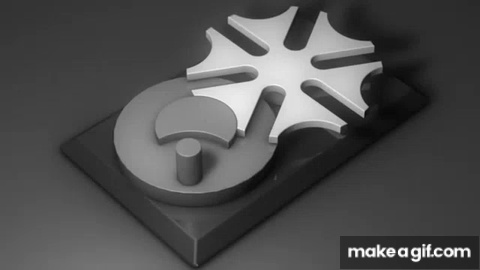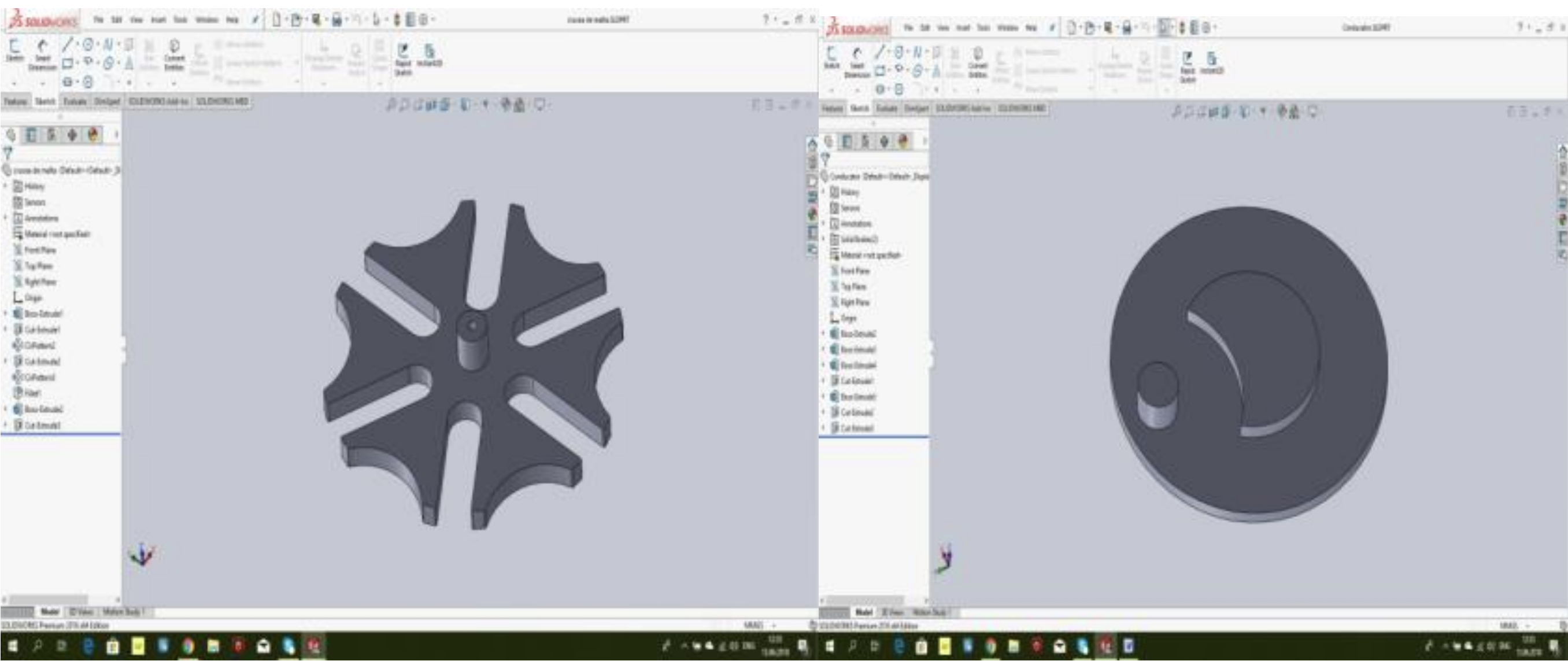Researchers from Politehnica of Bucharest University, Romania, have explored the behaviors of 3D printed gear mechanisms otherwise known as geneva systems.
According to the study, published in IOP Conference Series: Materials Science and Engineering, such systems are of great practical importance in applications including weaving looms, precision measurement instruments, automated packaging and printing machinery.
Thus, various FFF/FDM materials have been tested to obtain desired mechanical properties which tackle noise and vibrations issues common in conventional geneva systems.
Geneva gearing systems
Known for its prevalence in Swiss-made watches, geneva drives are geared mechanisms that translate a continuous rotation movement into intermittent rotary motion. As well as its use in industrial machinery, geneva mechanisms have also been adopted in developing 3D printed drug delivery systems.
The structure of such mechanisms consists of a driving wheel and a driven wheel with straight slots, known as a maltese cross. The driving wheel is composed of a crank and a raised circular blocking disk. Reaching into and out of a slot of the maltese cross, the pin of the drive crank advances the cross by one slit at a time. During the rotation, the block disk locks the maltese cross in position between slits, avoiding excessive vibration.
In geneva drive operations, significant impact load is typically produced when the pin enters and exits the slot respectively. This limits conventional Geneva mechanisms to low-speed applications or applications where issues of noise and vibration are not problematic.

Developing 3D printable geneva systems
In an effort to create affordable, and functional mechanisms such as springs, bearings, clutches gears, and sliders, 3D printable materials were used with the most appropriate mechanical properties, precision and surface quality for geneva systems.
To get a theoretical impression of how the position and speed characteristics vary with number of slots in a maltese cross, a mathematical model was built using MATLAB. Based on the research calculation results, the team decided to incorporate six slots in the design. The setup is also designed to allow fast-changing of mechanical parts. Afterward, the geneva mechanism 3D model is processed by slicing program ReplicatorG.

Material study for 3D printing Geneva systems
Using an FFF/FDM printer, maltese crosses and driving cranks were 3D printed using in the following materials: Plexiglass, PLA, ABS, PLA + Copper, and PLA + Bronze. Of the five investigated materials, results indicate that ABS and PLA + Copper have properties and characteristics suitable for mechanical engineering applications.
“ABS has the advantage of lighter weight, which makes it suitable for
applications where low mass is needed,” the study concludes. It was noted that noise and vibrations, the typical issues with geneva systems, are reduced considerably with these materials.
“Study behavior of Geneva mechanism using 3D printing technology” is published in 2019 IOP Conf. Series: Materials Science and Engineering. It is co-authored by D Rizescu, D Besnea, C I Rizescu, and E Moraru.

Subscribe to the 3D Printing Industry newsletter for the latest news in additive manufacturing. You can also stay connected by following us on Twitter and liking us on Facebook.
Looking for a career in additive manufacturing? Visit 3D Printing Jobs for a selection of roles in the industry.
Featured image shows the operation of a Geneva system. Animation via Orange Peel Production.



